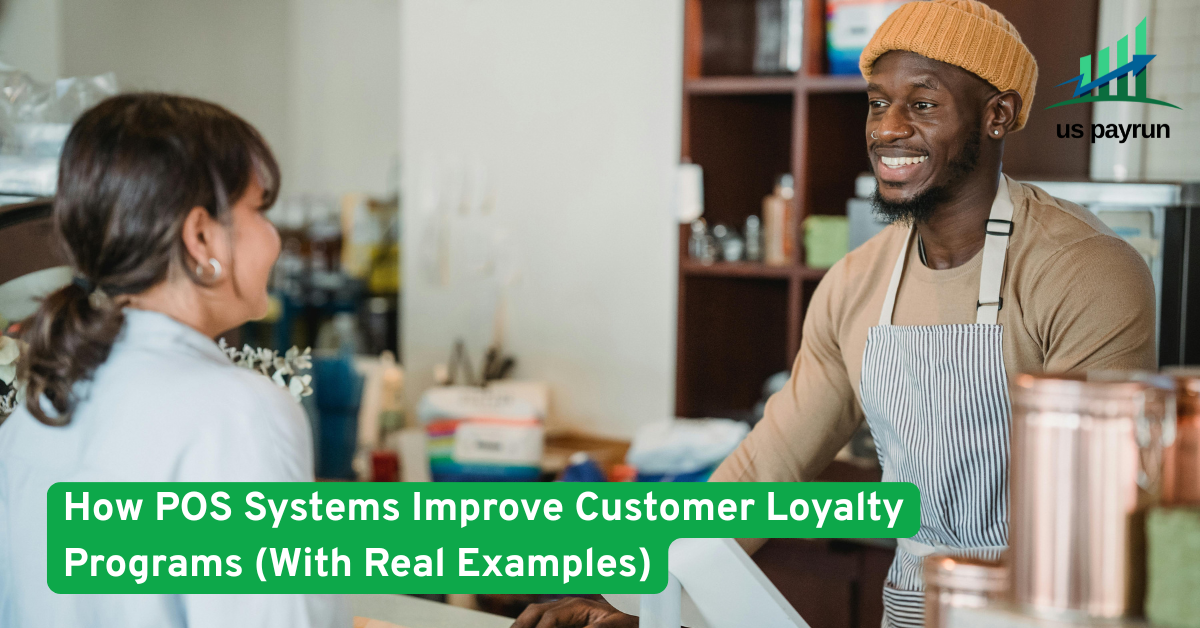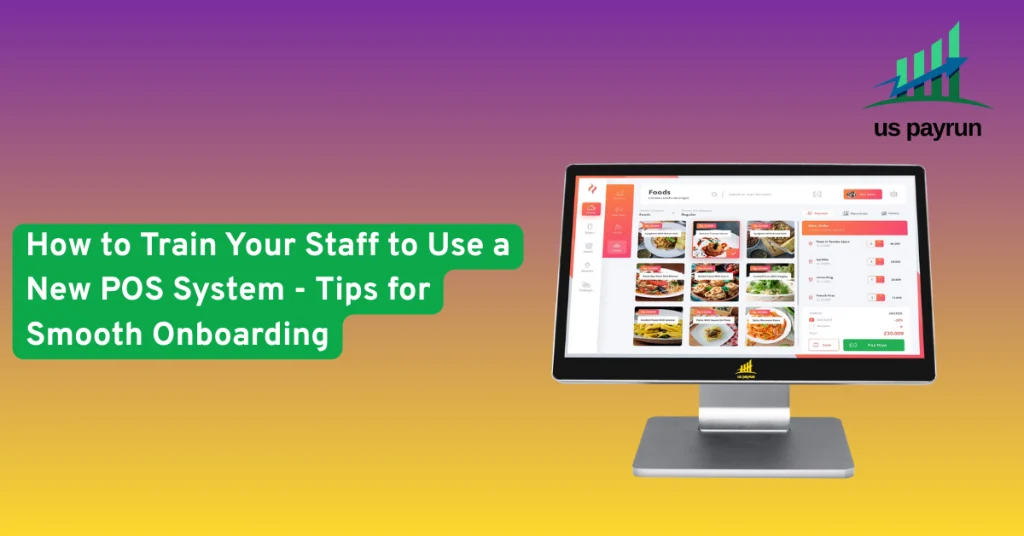
In the highly competitive U.S. retail and hospitality market, customer loyalty programs can make the difference between a one-time buyer and a lifelong customer. Traditional punch cards and generic discounts no longer cut it. Today, Point of Sale (POS) systems are transforming loyalty programs into data-driven, personalized experiences.
In this article, we’ll explore how POS systems improve loyalty programs in the USA, highlight real-world examples from U.S. brands, and explain why businesses should adopt POS-driven loyalty solutions to boost revenue.
What Is a POS System and Why It Matters for Loyalty
A POS system is more than just a digital cash register. In the U.S., cloud-based POS platforms like Square, US Payrun, Toast, Clover, and Shopify POS combine payment processing, customer management, inventory, and analytics in one system.
For loyalty programs, this means:
- Every transaction ties directly to a customer profile.
- Purchases automatically earn rewards or points.
- U.S. businesses can track buying behavior and deliver personalized offers.
This makes loyalty programs frictionless and highly engaging.
1. Seamless Customer Data Collection
One of the biggest challenges in loyalty programs is tracking customer activity consistently. U.S.-based POS systems solve this by linking purchases to customer profiles via:
- Phone number or email
- Loyalty app scans
- Payment card recognition
Example: Starbucks Rewards (U.S.)
Starbucks integrates its POS system with its loyalty app across thousands of U.S. locations. Each order updates a customer’s “Stars” balance instantly.
Takeaway: POS-driven loyalty programs ensure that every purchase counts, building trust and engagement.
2. Personalization of Rewards and Offers
American consumers expect personalized experiences. POS systems analyze purchase history and deliver tailored offers.
- Frequent coffee buyers get a pastry discount.
- Regular lunch visitors earn weekday lunch specials.
Example: Sephora Beauty Insider (U.S.)
Sephora’s U.S. POS system tracks purchases and tailors promotions like offering skincare deals to customers who often buy skincare.
Result: Higher customer retention and stronger loyalty.
3. Real-Time Rewards Updates
POS systems in the U.S. update loyalty balances instantly at checkout. Customers see their points and rewards without delays.
Example: Domino’s Pizza (U.S.)
Domino’s customers know exactly how many points they’ve earned toward a free pizza thanks to real-time POS updates across U.S. stores.
Psychological effect: Immediate gratification motivates repeat purchases.
4. Omnichannel Loyalty Across the U.S.
American consumers shop across brick-and-mortar stores, websites, and mobile apps. POS systems ensure rewards are unified across all channels.
Example: Nike Membership (U.S.)
Nike’s U.S. POS integration ensures members earn and redeem rewards whether they shop online, via the app, or in-store.
Why it works: Loyalty programs feel consistent, no matter where customers interact.
5. Analytics for Smarter Loyalty Programs
POS systems generate reports that help U.S. businesses improve loyalty strategies. These insights include:
- Customer lifetime value (CLV)
- Purchase frequency
- Campaign ROI
Example: Panera Bread (U.S.)
Panera’s POS-driven loyalty system segments customers and delivers offers like coffee subscriptions or seasonal menu discounts.
Outcome: Increased repeat visits and higher average order values.
6. Fraud Prevention and Accuracy
POS-based loyalty programs reduce fraud compared to old-fashioned punch cards. U.S. businesses benefit from:
- Automated tracking
- Elimination of human error
- Verified purchase-based rewards
Benefits of POS-Integrated Loyalty Programs in the U.S.
- Automation: Eliminates manual tracking.
- Personalization: Tailors rewards to customer behavior.
- Real-time engagement: Updates loyalty instantly.
- Analytics: Provides insights into U.S. consumer trends.
- Scalability: Works for small shops and national chains.
Conclusion
In the U.S. market, where competition is fierce and customer expectations are high, POS-driven loyalty programs are essential. By combining automation, personalization, omnichannel integration, and advanced analytics, POS systems give businesses the tools to retain customers and increase revenue.
Whether you’re a small retailer, restaurant, or nationwide franchise, investing in the right POS system can help you compete with industry giants.
Ready to implement a powerful POS-driven loyalty program for your U.S. business? Visit US Payrun to explore solutions designed to keep your customers coming back.
FAQs (People Also Ask)
1. How do POS systems help loyalty programs in the U.S.?
They track purchases automatically, update rewards instantly, and allow businesses to deliver personalized offers tailored to American consumer behavior.
2. What POS systems are popular for U.S. small businesses?
Square, Clover, Toast, and Shopify POS are widely used by U.S. restaurants, cafés, and retailers for integrated loyalty programs.
3. Can POS-based loyalty programs increase repeat visits?
Yes. Real-time updates and personalized rewards create motivation for U.S. customers to return more often.
4. Do POS systems integrate with mobile loyalty apps in the U.S.?
Absolutely. Many POS systems connect with loyalty apps, email, and SMS to create a seamless omnichannel loyalty experience.
5. Why are POS loyalty programs better than punch cards in the U.S.?
They’re fraud-proof, trackable, automated, and can be personalized—giving U.S. businesses a competitive edge.


